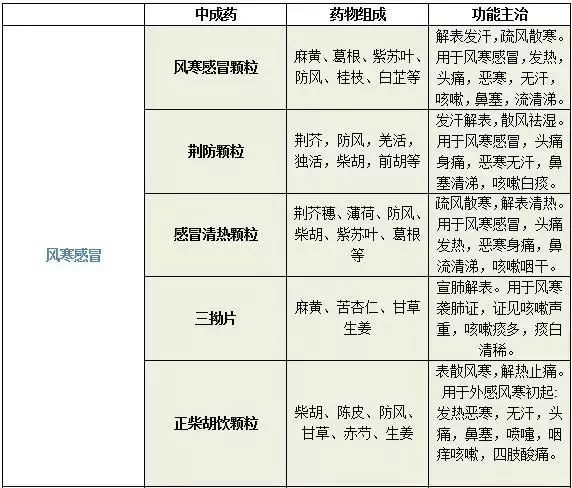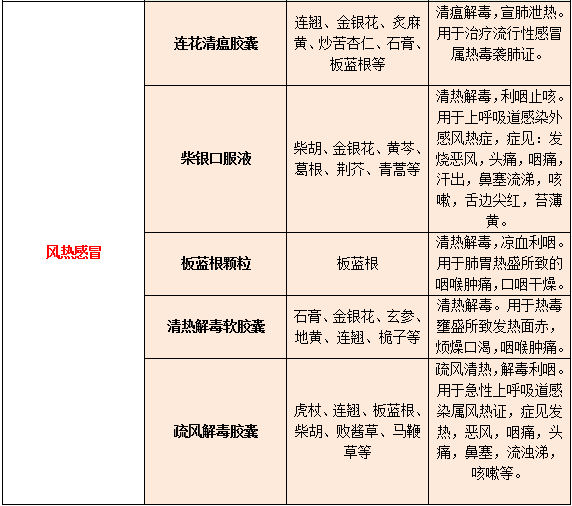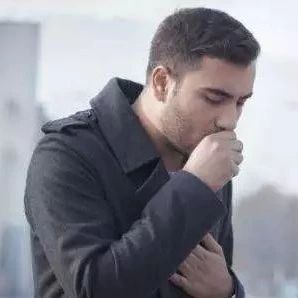With the change of seasons and the alternation of cold and warm weather, people are prone to catching colds. If you prefer not to go to the hospital, what methods do you usually choose to combat a mild cold that affects your daily life? Making ginger and brown sugar tea is simple and convenient, bringing warmth to your heart; or you might opt for a packet of granules, such as Ban Lan Gen (Isatis Root), Xiao Chai Hu (Minor Bupleurum), or Lian Hua Qing Wen (Lianhua Qingwen Granules). Choosing traditional Chinese medicine (TCM) can provide psychological comfort, even if it does not yield immediate results. However, these methods may not only be ineffective but could also worsen the cold. In medicine, it is essential to differentiate and treat based on the syndrome, rather than applying a one-size-fits-all approach.
In TCM, colds are primarily classified into Wind-Cold and Wind-Heat types. These two types differ significantly in their pathogenesis, symptoms, and medication choices. Wind-Cold colds are caused by the invasion of Wind-Cold pathogens, leading to the failure of lung qi to disperse. Wind-Heat colds, on the other hand, are caused by the invasion of Wind-Heat pathogens, resulting in the disharmony of lung qi.
How to Distinguish Between Wind-Cold and Wind-Heat Colds?
1. Judging by Pathogenesis. When Wind and Cold pathogens invade the body together, it is classified as Wind-Cold syndrome; when Wind and Heat pathogens invade together, it is classified as Wind-Heat syndrome. Therefore, Wind-Cold colds are more common in winter, while Wind-Heat colds are often seen in summer, though this is not absolute. The pathogenesis of Wind-Cold and Wind-Heat colds is influenced not only by the season but also by individual constitution, lifestyle habits, and other factors.
2. Judging by Symptoms.
How to Choose Appropriate Medications?
For Wind-Cold colds, the primary treatment should focus on warming and dispersing the exterior, commonly using Ma Huang (Ephedra), Jing Jie (Schizonepeta), Fang Feng (Siler), and Su Ye (Perilla Leaf) as dispersing and cold-resolving herbs. For Wind-Heat colds, the focus should be on cooling and dispersing the exterior, often using Ju Hua (Chrysanthemum), Bo He (Peppermint), and Sang Ye (Mulberry Leaf) as heat-clearing and detoxifying herbs.
Commonly Used TCM Patent Medicines


Source: Shanghai Pharmaceutical News, Author: Liu Ling, Shanghai Tenth People’s Hospital

Grassroots Doctors Club
Long press to identify and follow

